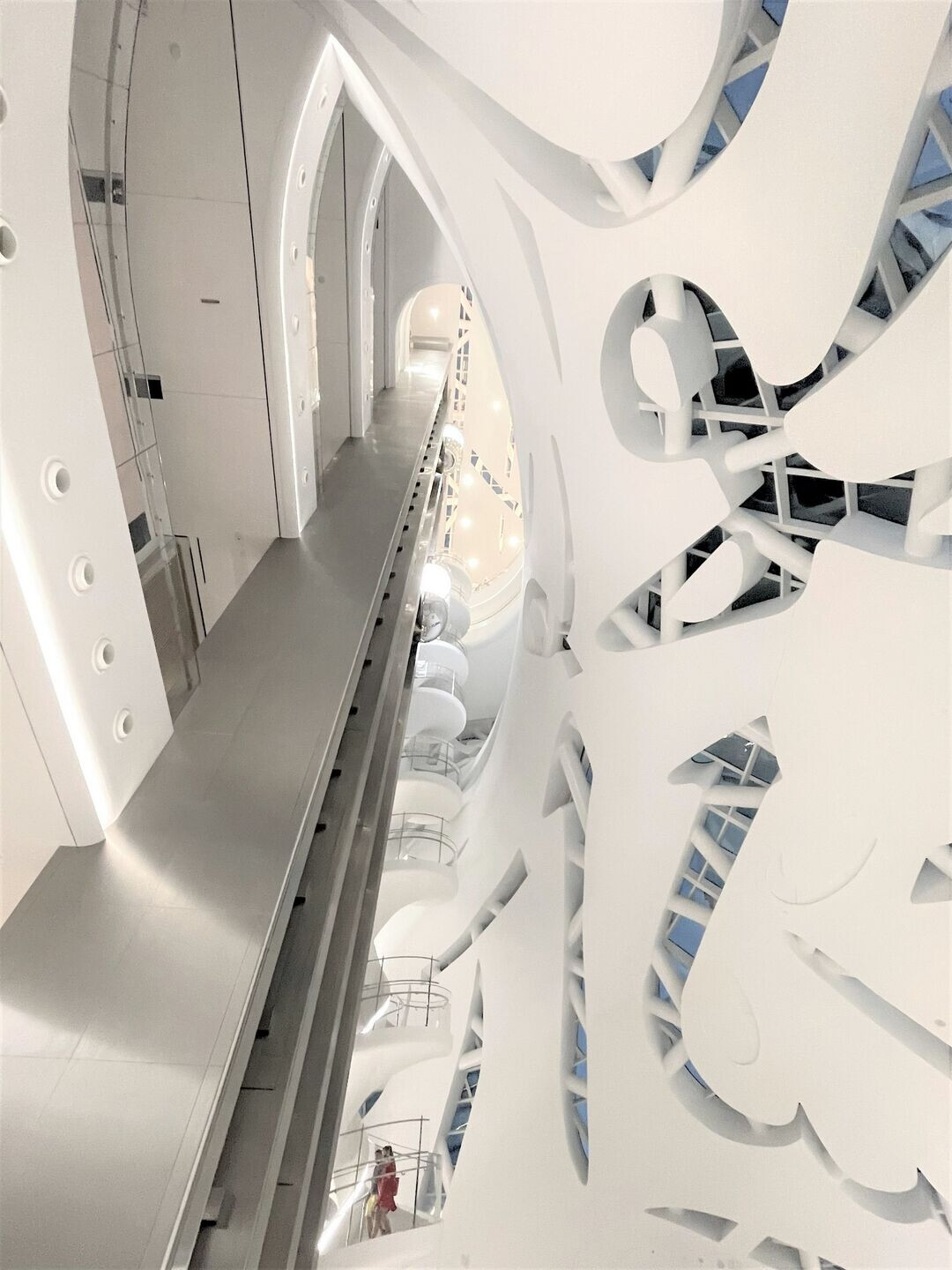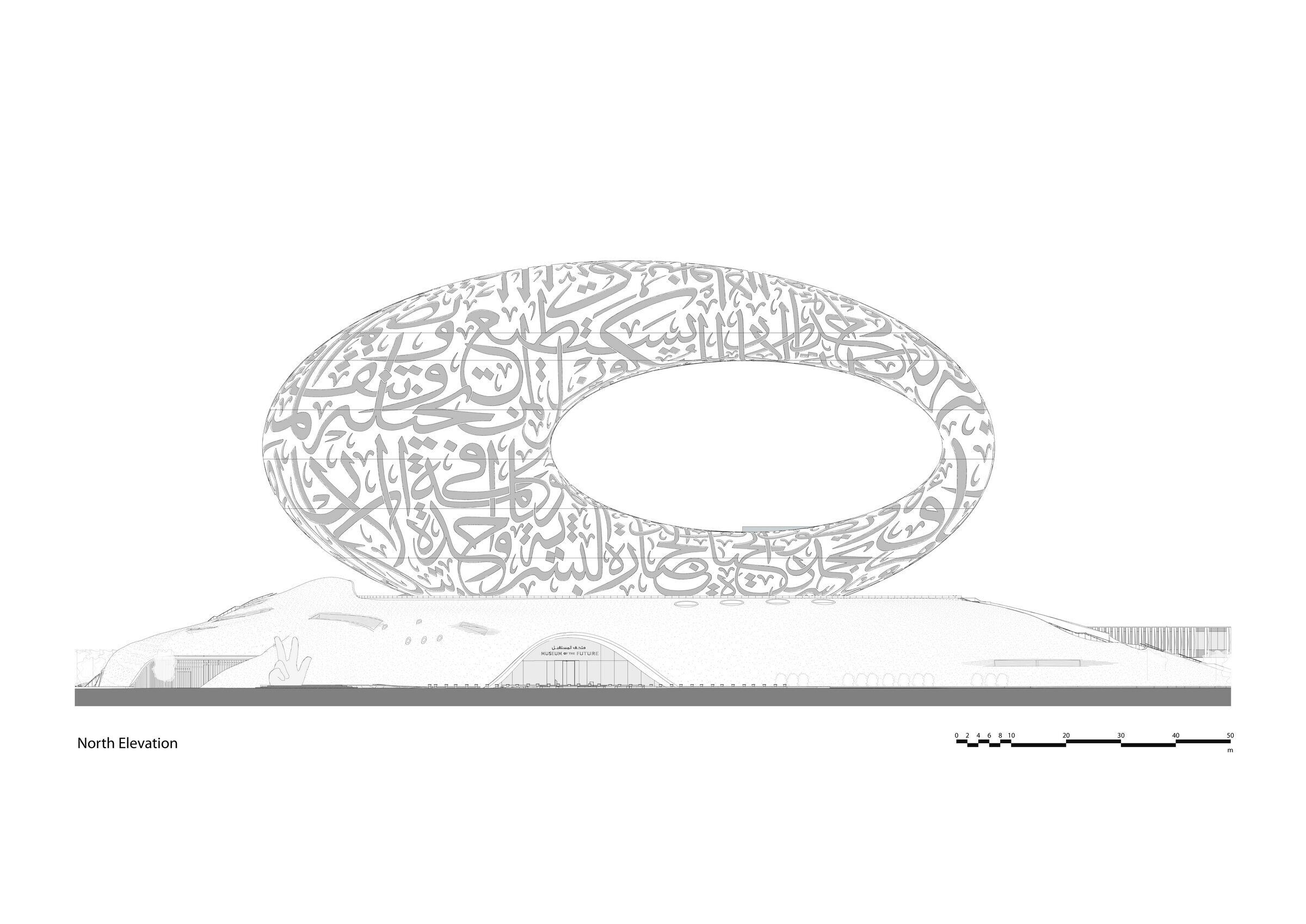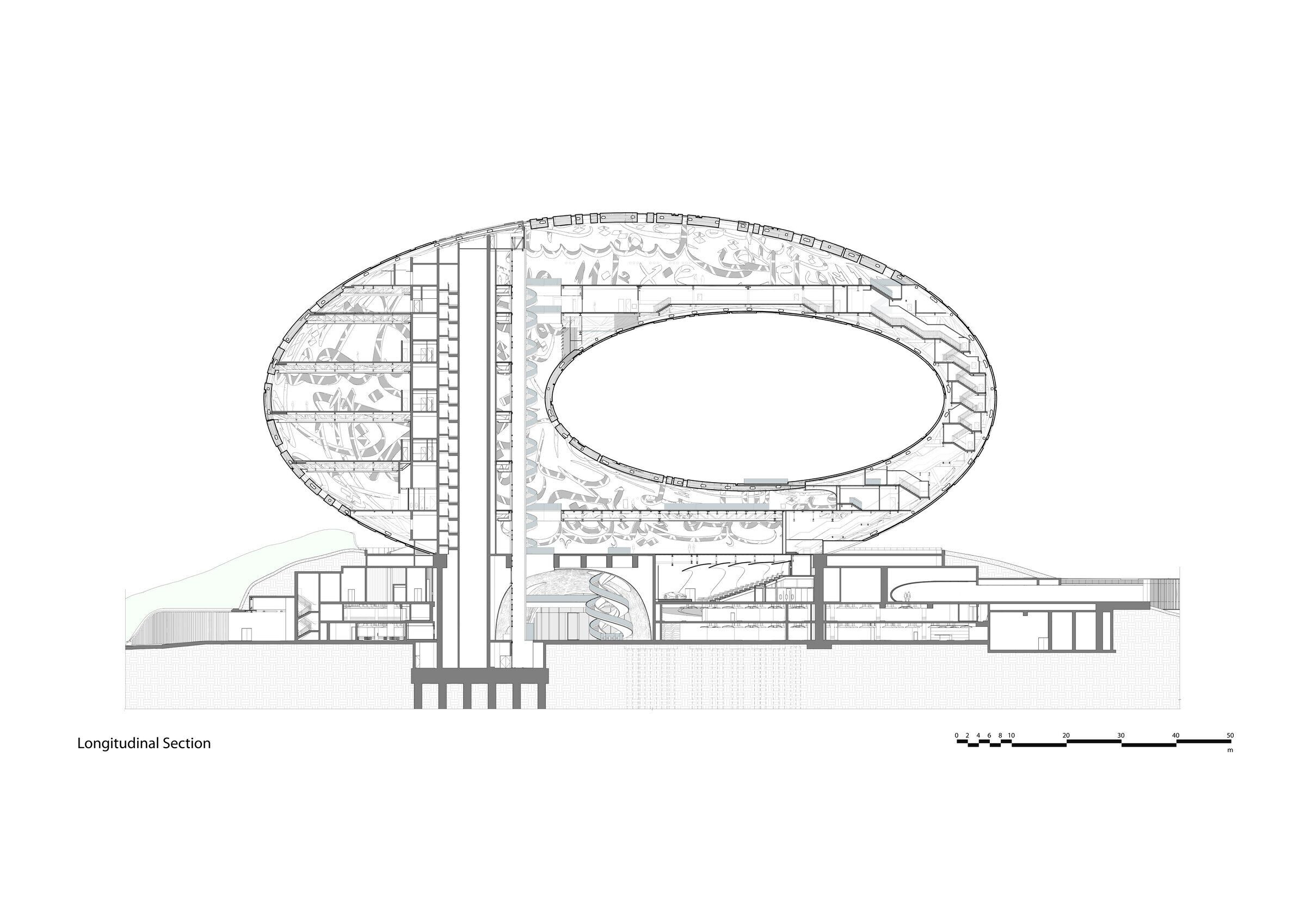1. What is your vision for the museum?
MOTF is comprised of three main elements: the green hill, the museum, and the void. The green hill represents the earth, with its roots in place, time, and history. The inspiration for the landscaped hill was to elevate the building in an unobstructive way above the adjacent metro line and create greenery in elevation that is uncommon in Dubai where visitors can enjoy a park environment within the city context while engaging with the museum.
The torus shaped structure represents mankind’s ability to innovate and construct the limits of present-day engineering and construction methodology that has been represented in significant structures throughout the ages. The primary inspiration of the Museum of the Future is creating a form that represents the UAE’s Prime Minister’s vision of the future where the physical building embodies floors and spaces that represent our understanding of the “future” as we know it today and possibly for the next few years. In contrast the void represents the “unknown” and people who seek the unknown, innovate and discover new horizons and ideas that help guide humanity towards a better future.
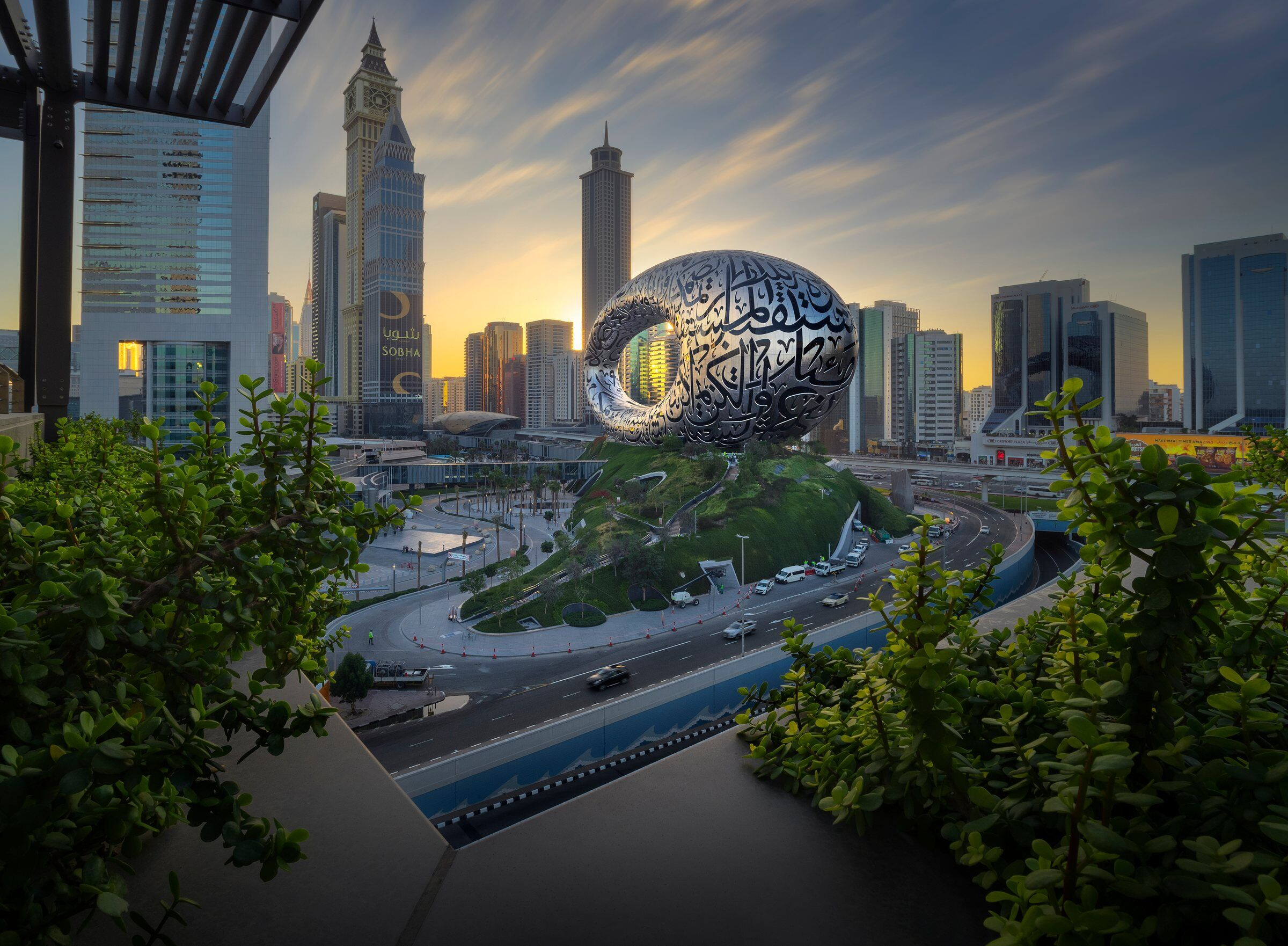
2. Could you outline some of the unique design aspects of the building?
The almost 1,800sqm lobby connects the north and south bus drop offs roads and pedestrianised metro connectivity allowing multiple integrated module transits simultaneously working together to enhance the connectivity from the museum to the city. The 16-metre-high lobby has a double helix central stair which connects the metro down to the ground floor and at the same time connects the lobby to the museum.
Three panoramic bullet elevators with 35 person capacities ascend through the full height of the building within the atrium space. This is further enhanced by one of the world’s largest elevators capable of carrying over 120 persons (or large exhibit pieces) up to all floors within the building as part of the visitor experience for larger groups.
The central spiral stair runs throughout the atrium space, encouraging visitors to descend through the levels of the museum and at the same time experiencing the undulating volume of the space with changing light through the calligraphy fenestration.
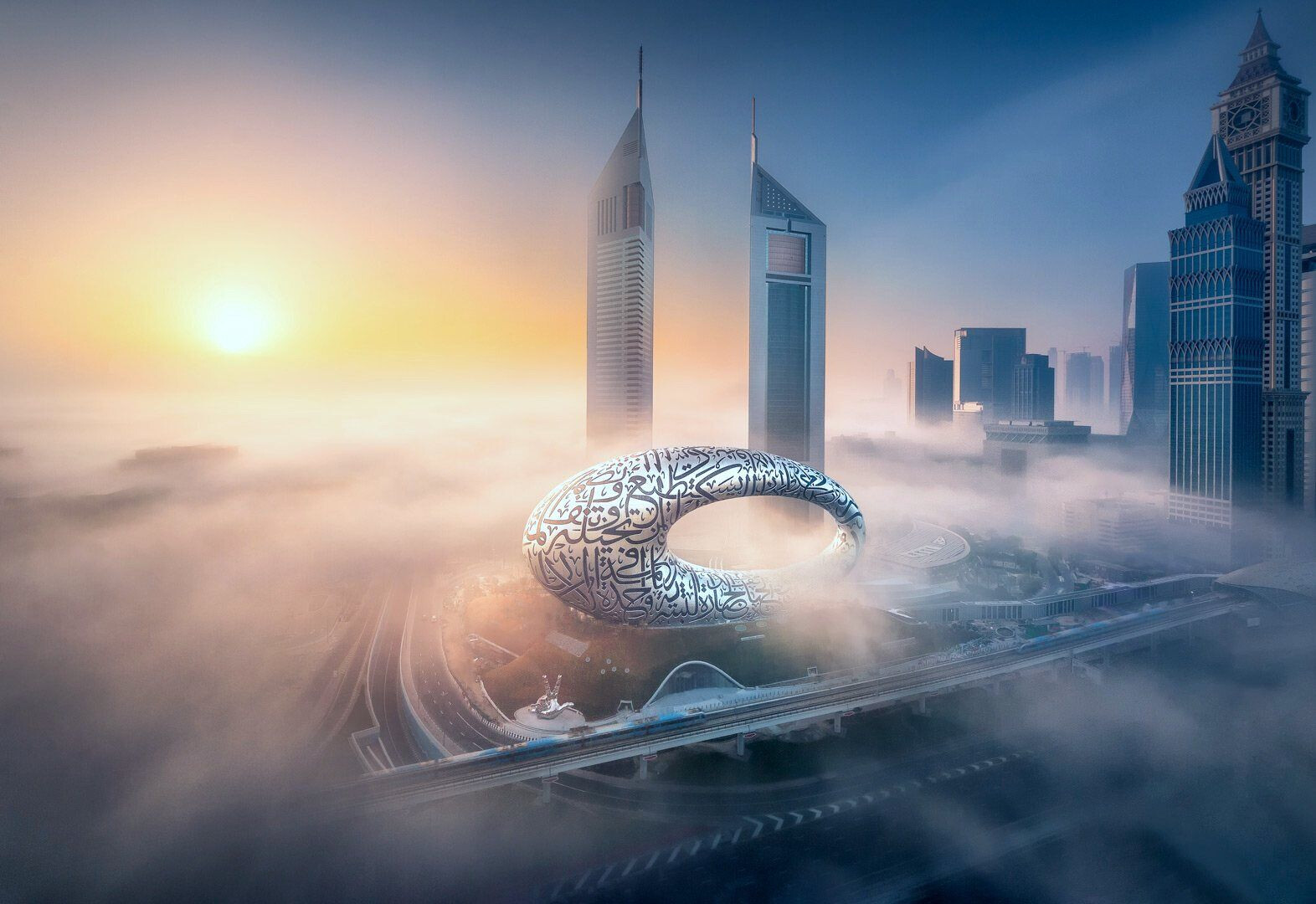
3. Outline some of the key techniques/technologies employed to build the museum? (i.e.Computer modelling, Shrek movie tech).
MOTF has pushed the boundaries of design with being one of the most complex steel and façade projects to date. This complex building is more than a cultural icon, it is a good example of the benefits of buildings with advanced composites where we engaged with global leaders in new building materials and techniques for example, Boeing aviation for aerospace technology and incorporating this into the built environment.
Parametric design tools which include growth algorithms were developed for the project to digitally optimise the efficiency of the primary structural diagrid, façade and the glazing elements.
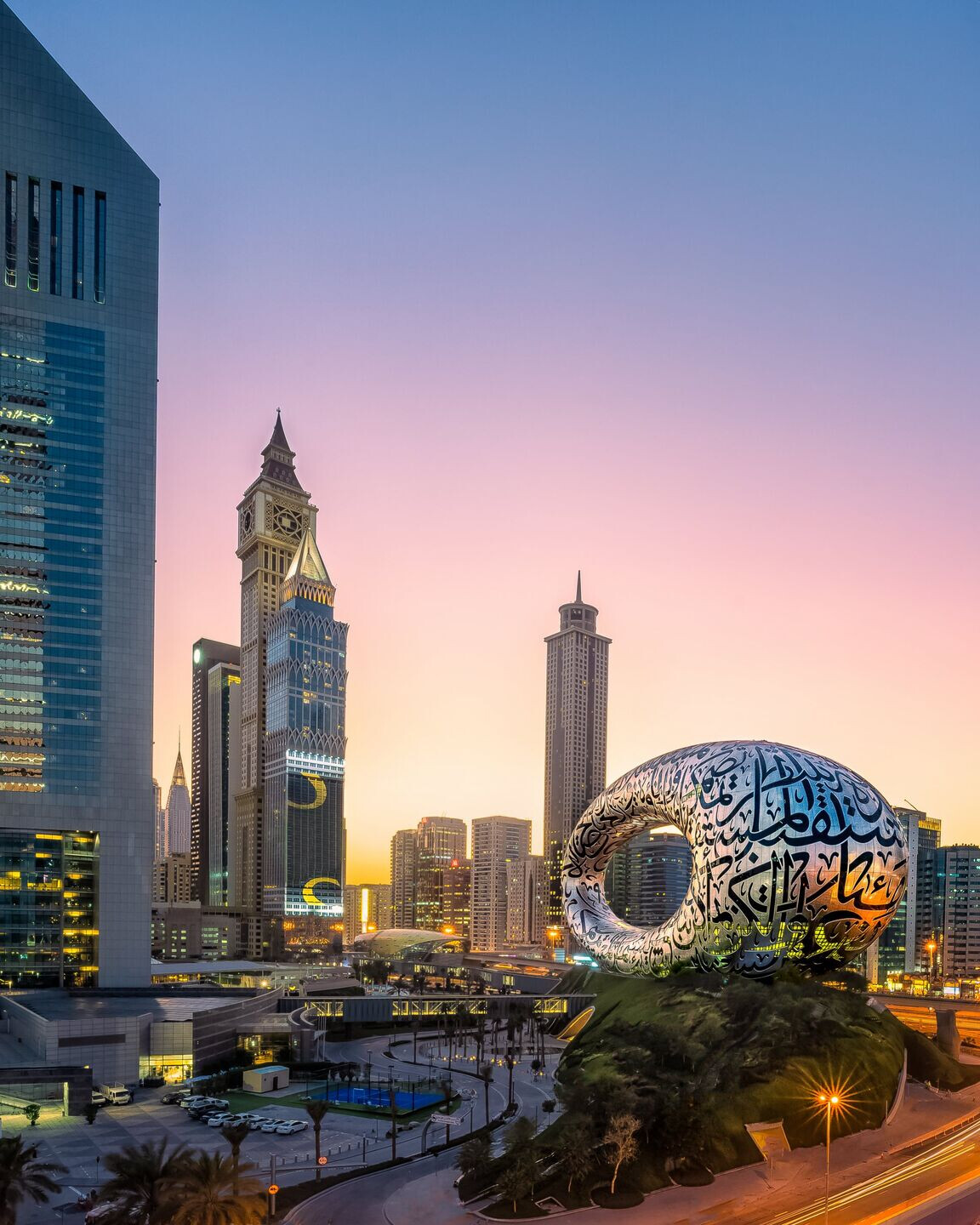
BIM played a large role in the process, from concept design to construction, and was used to produce all the drawings and in addition to Virtual Reality and real time rendering programs performed coordination and clash detection between all design and engineering disciplines. During early design phases, the team used complex 3D modelling software to set the calligraphy onto the building’s surface, move each letter to adhere to the ancient rules of calligraphy and avoid over 1,000 steel diagrid nodes to ensure none were placed in the center of the windows.
The calligraphy that covers the façade is molded into each individual panel, with the black letters also forming the glazed window penetrations in the façade. These windows are illuminated by 14 km of LED lighting and are 1.3 meters deep, enough depth width for visitors to stand inside, forming an exhibition space that has been designed to showcase innovative and futuristic ideologies, inventions, and possibilities.
Above the podium the stainless-steel clad museum exhibition spaces comprises of 12,000sqm on seven floors which are nine meters apart. The overall height of the building is 78m with a total built up area of 30,000sqm.
Here, technology and creativity are in total harmony, giving us a real glimpse of real and virtual worlds combining to create something entirely new.

4. In what way(s) is the building sustainable?
Sustainability has been the main driver for the Museum of the Future’s design since its first sketch. The aspiration was to make the design, the fabrication, and its operational resources as sustainable as possible using the highest global innovative technologies. As part of this strategy, the project achieved LEED Platinum certification by using passive solar design, low-energy and low-water engineering solutions, recovery strategies for both energy and water, and building integrated renewables from an offsite solar farm located on the rooftops of nearby car park buildings. To reduce solar gain and heat island effect, more than two thirds of the building’s area is situated below the green roof of the podium which further contributed to its sustainability credentials.
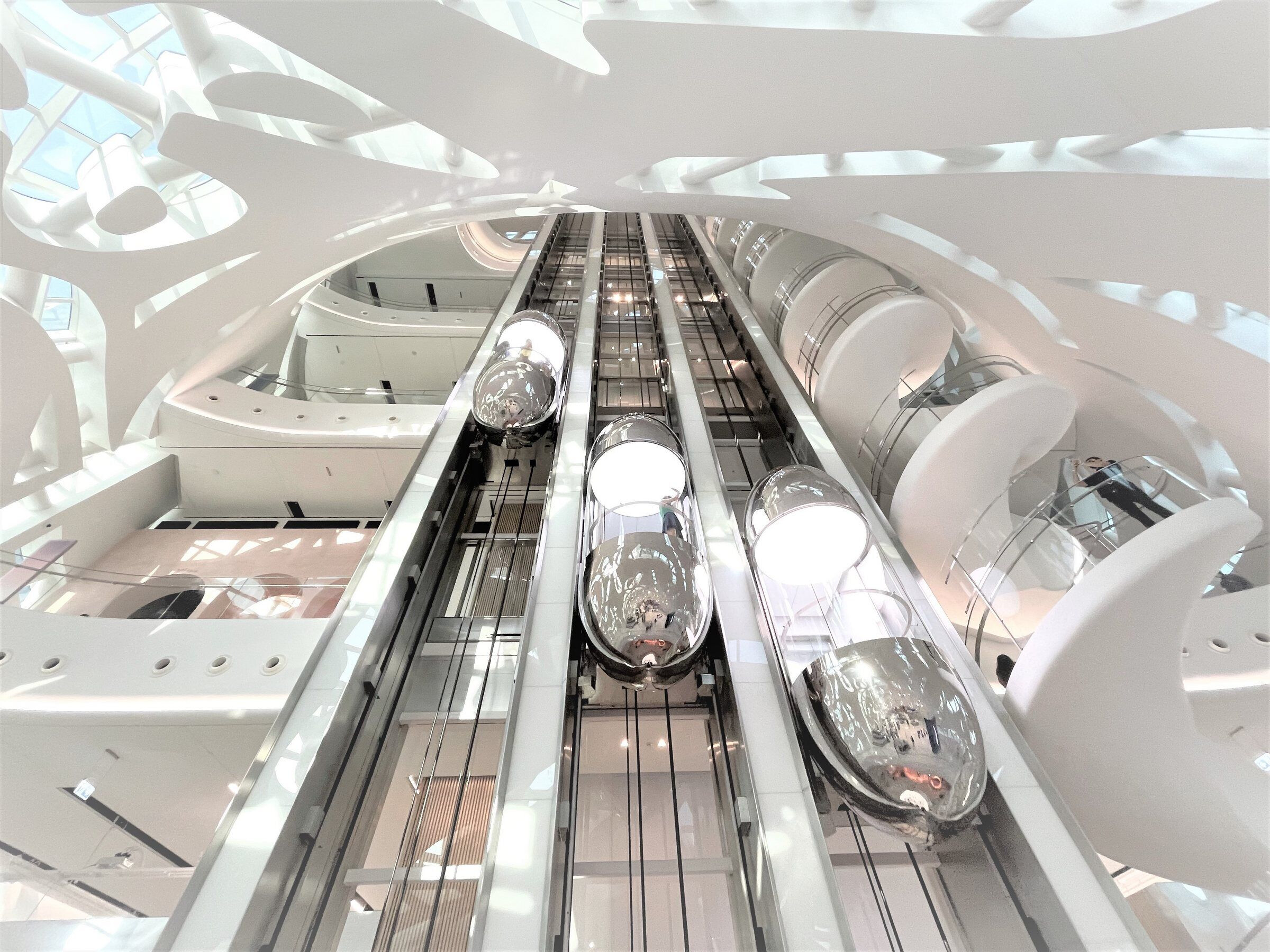
The Museum of the Future has been highly engineered going far beyond BMS and Smart Systems whereby integrating all of the MEP Plant, lighting, air, energy, water, external environment, vertical circulation systems, and pedestrian monitoring into an integrated symphony of a living building. LEED and WELL air quality filtering systems based on AI self-learning occupancy monitoring creates the highest standards in wellness for its occupants and visitors to experience the uppermost internal environment allowing them to feel rejuvenated. Throughout the museum, the occupants and visitors are connected with the outside through the calligraphy fenestration ensuring a deep sense of place and perspective at the same time the everchanging sun filtering through the calligraphy dynamically changes the inside of the museum and fills the spaces with natural light, and therefore improving the sense of wellbeing for its inhabitants.
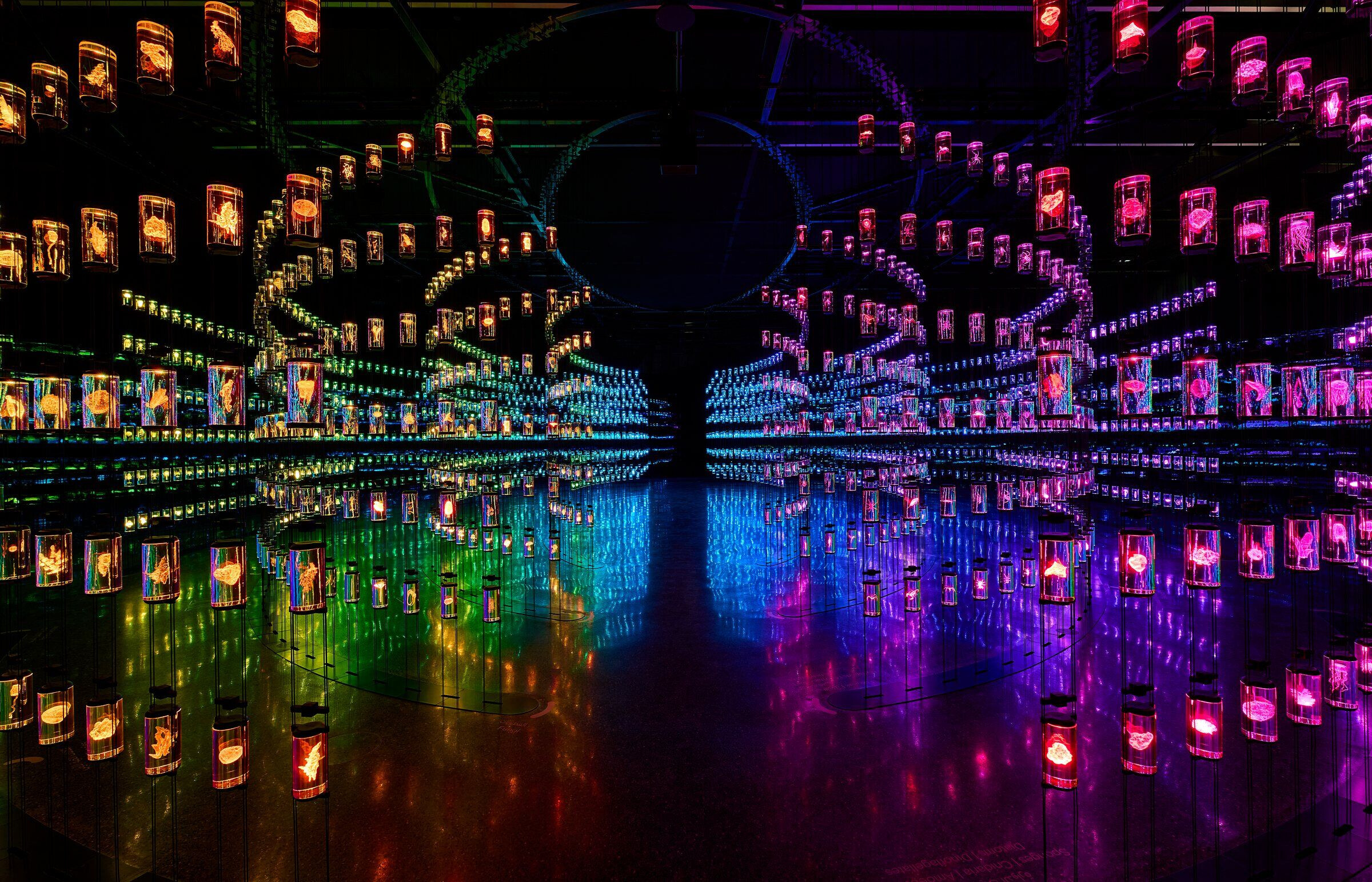
5. What is your view on the wider impact of the museum on the city/UAE as a whole?
The MOTF symbolises a connection between generations of leadership where the visionary ideals and aspirations have driven the success of its city and the future generations to come. The Museum will become a showplace for a new era - a centre of creativity and hope that combines elements of the exhibition, immersive theatre, and interactive attractions. The destination will welcome visitors to come together to help educate them to create a better future. The Museum will be a home for tolerance, inviting varied cultural, philosophical, social, and spiritual outlooks. It will bring together inventors, designers, and researchers, presenting a range of technologies, becoming an incubator for ideas and designs, a driver for innovation, and a global destination for inventors and entrepreneurs.
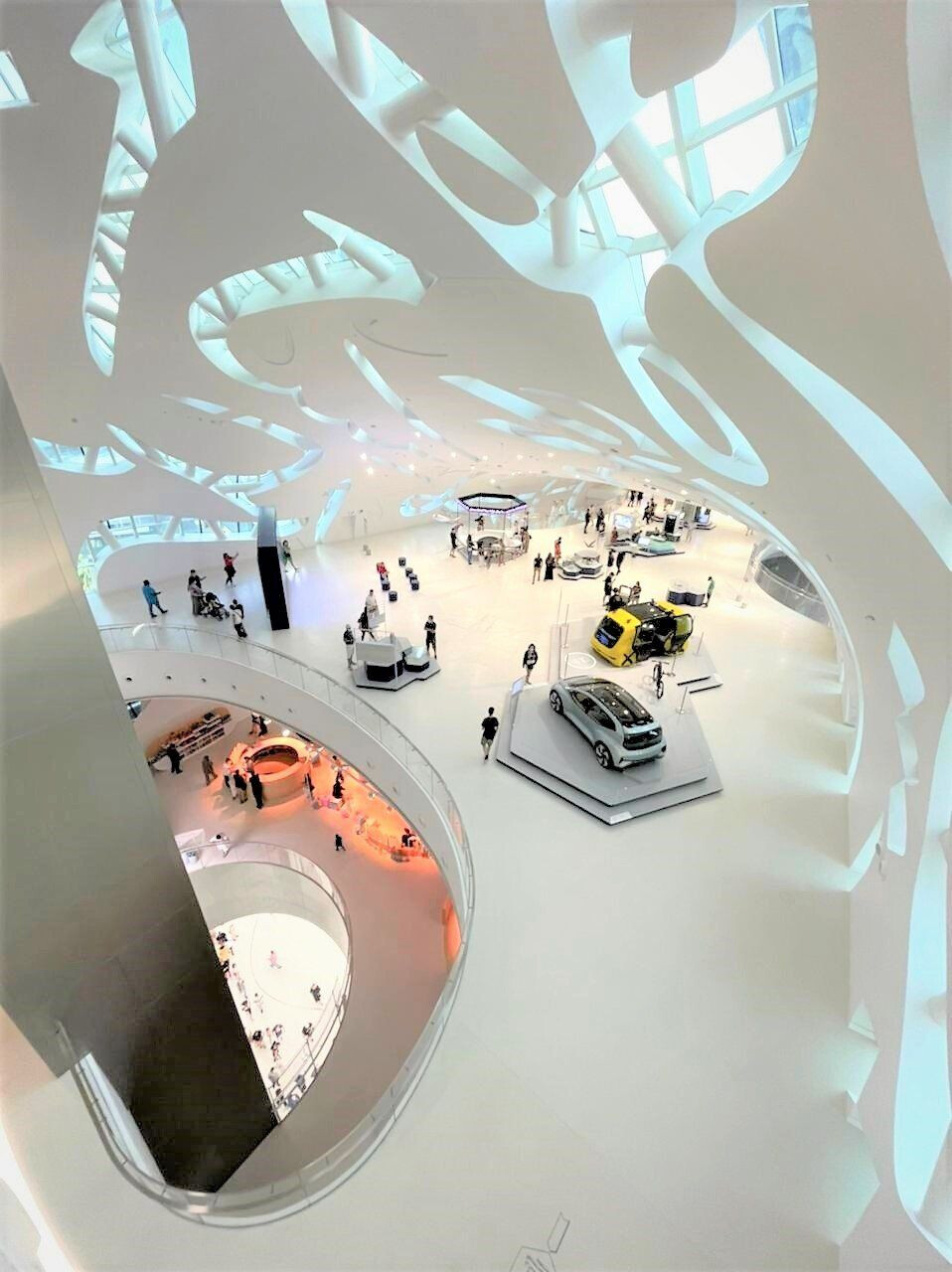
The MOTF will also contribute to economic development for Dubai and the UAE in attracting more visitors on transit who would be interested in visiting the museum, inclusive of extending the existing visitors’ average stay.
The MOTF also represents the UAE’s vision to being on the forefront of technology and innovation, the museum itself is a vessel that symbolises this however the wide range of initiatives and connections with global partners that is being implemented by the Dubai Future Foundation will have future lasting global improvement for humanity.
